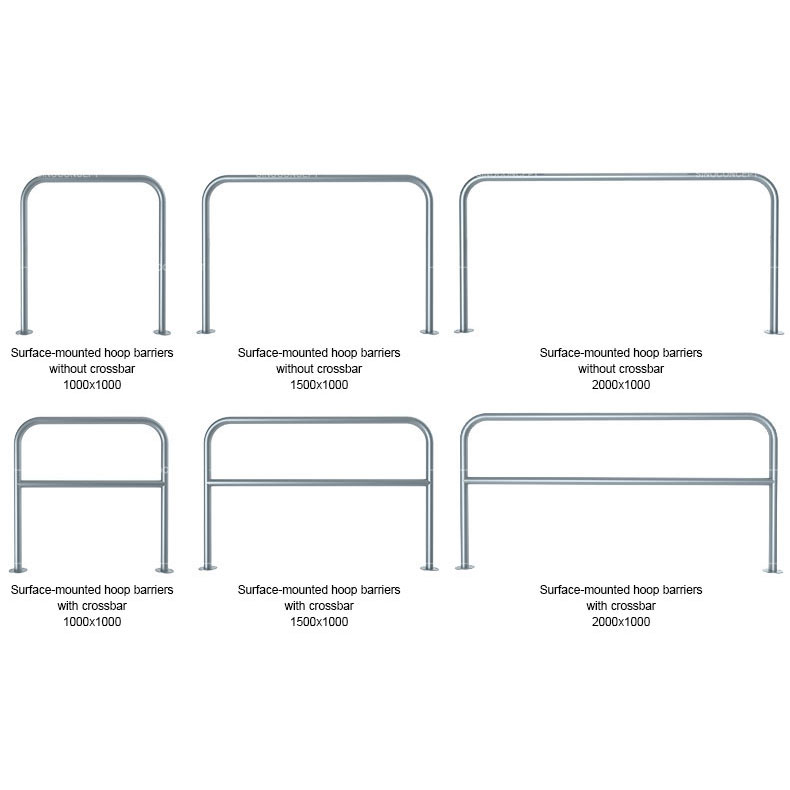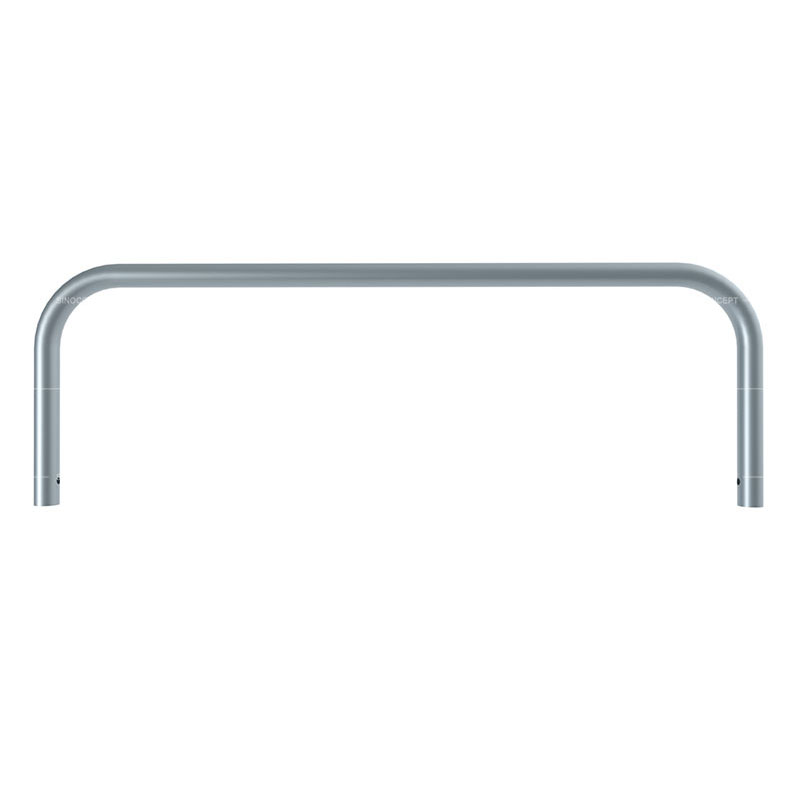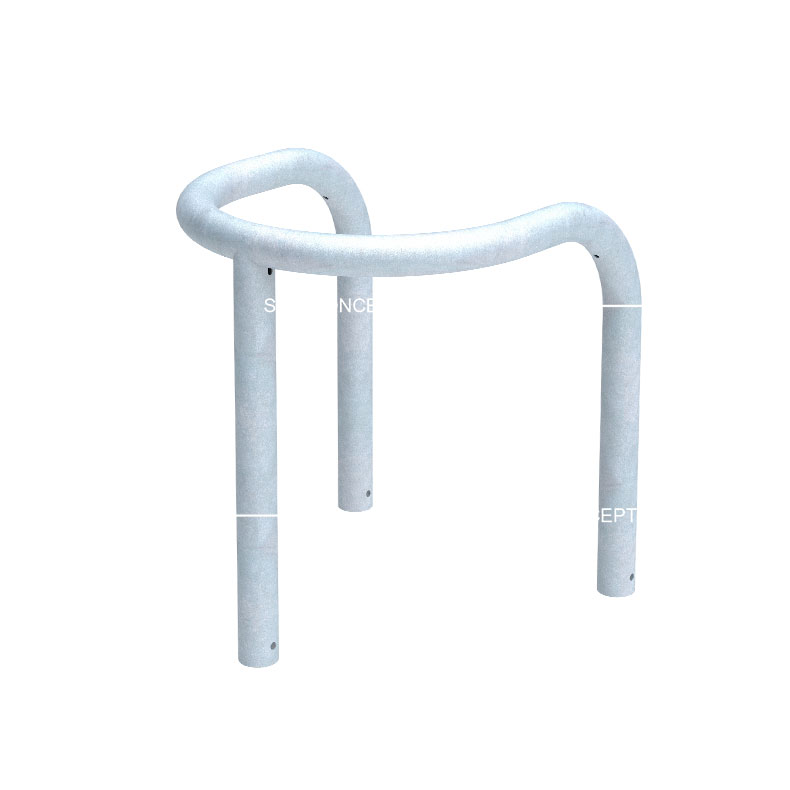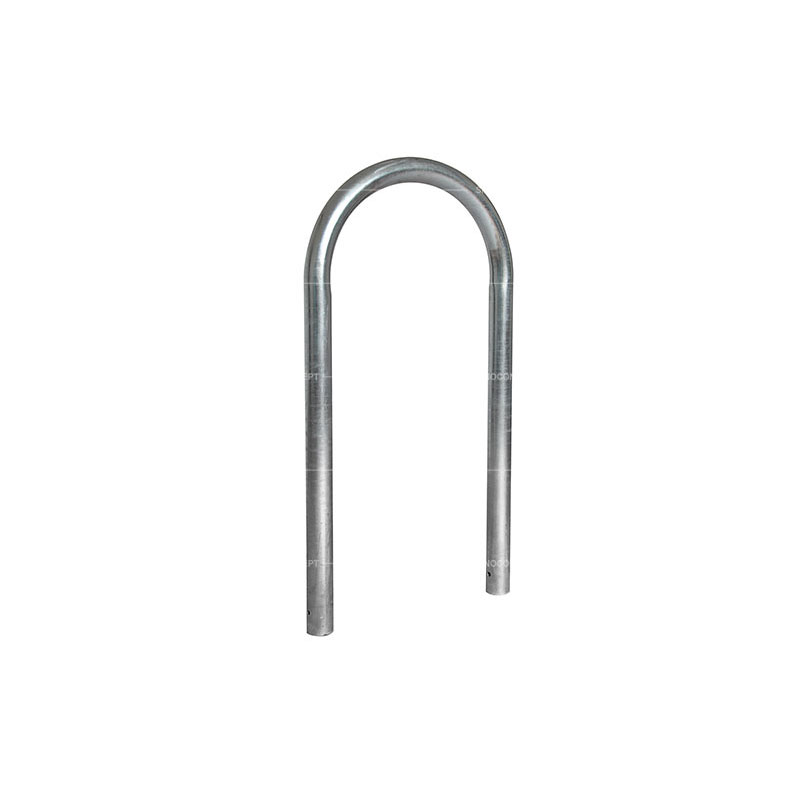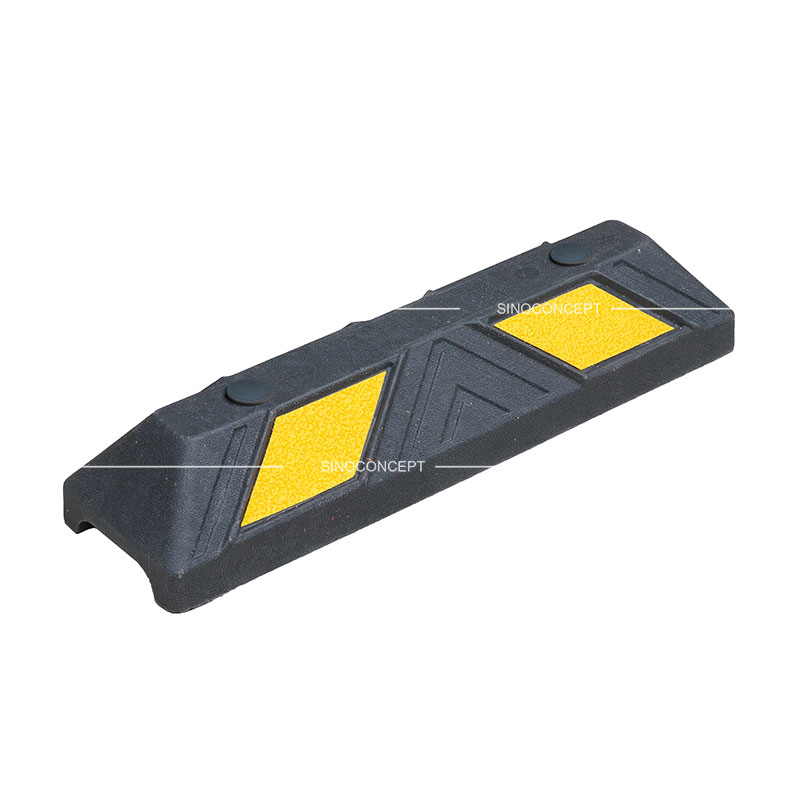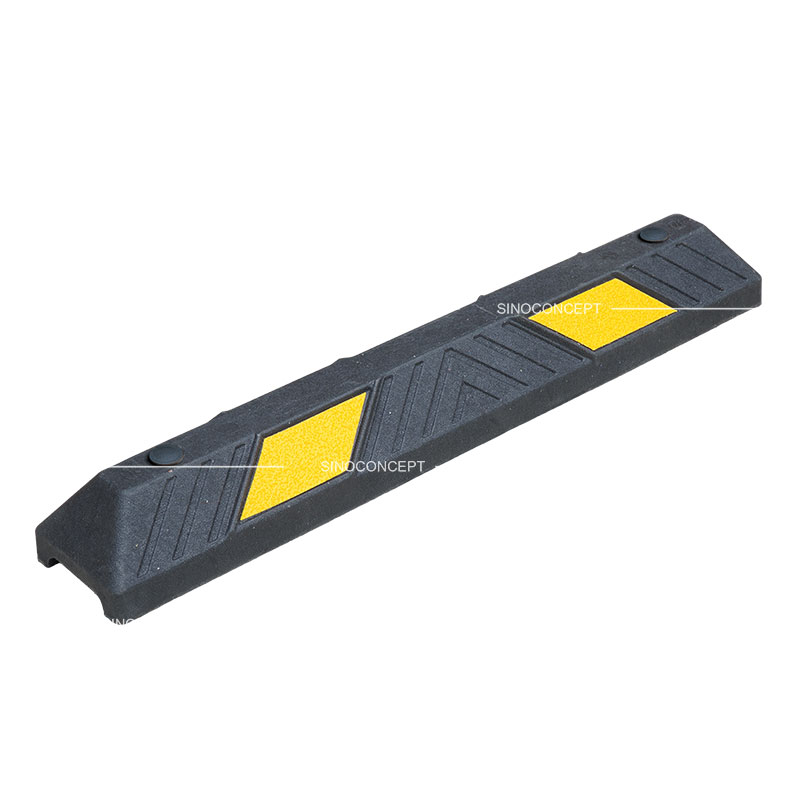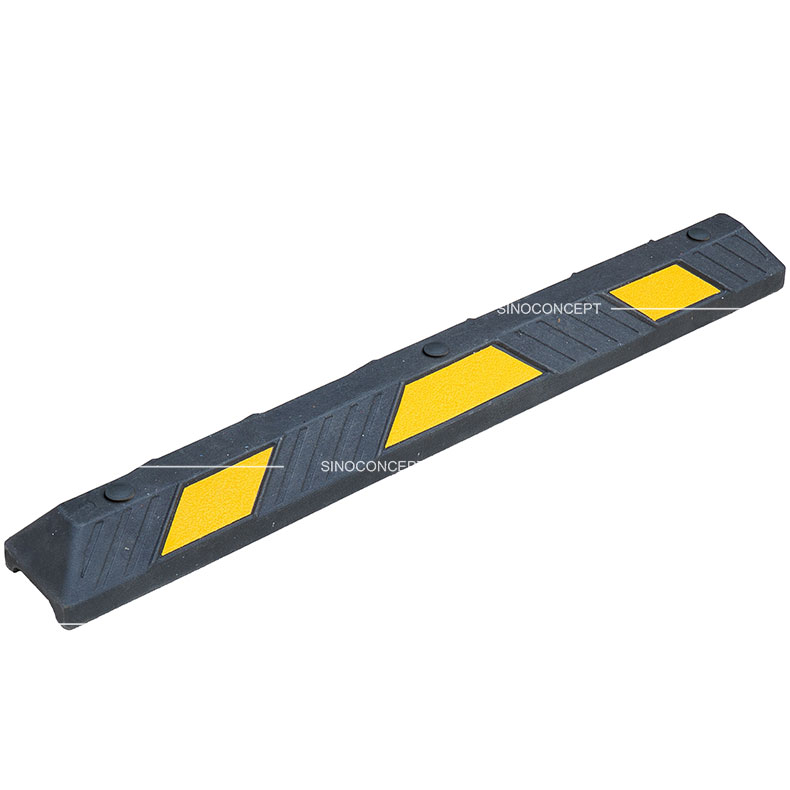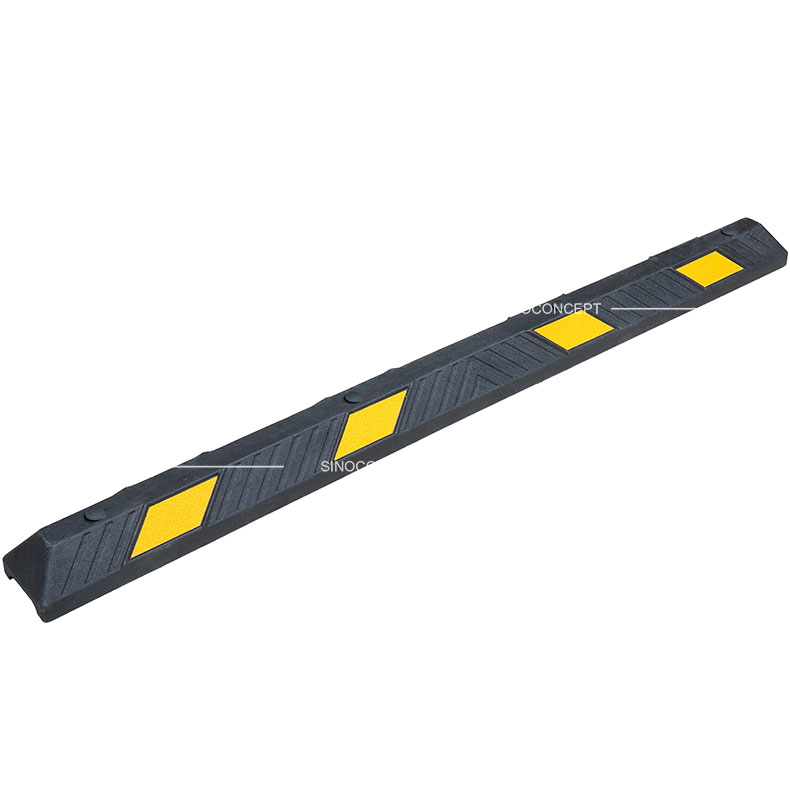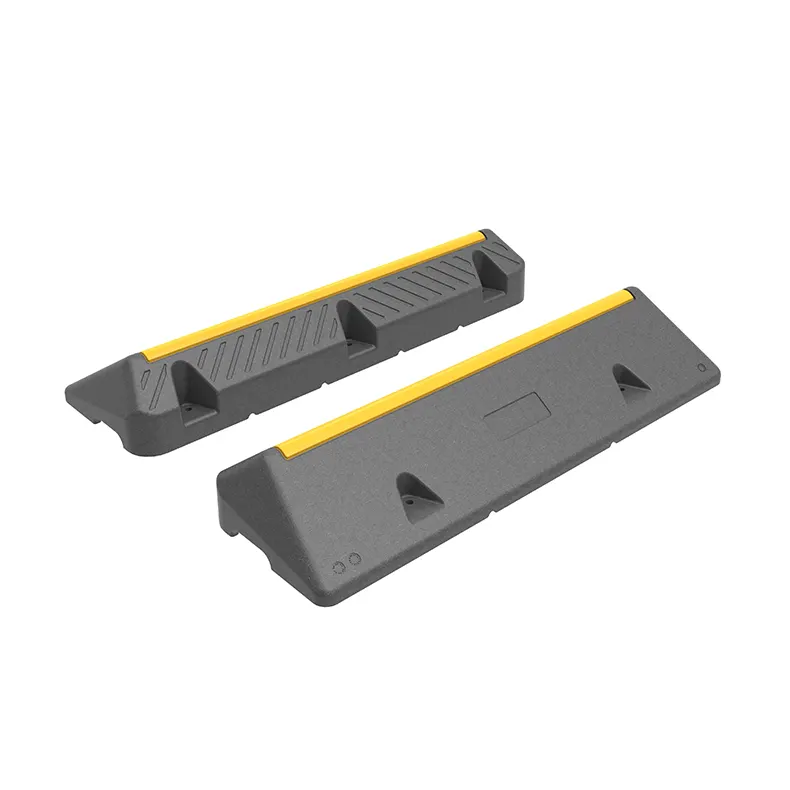EV charger protection
Our urban equipment is specially designed to safeguard the charging stations for electric or hybrid vehicles and protect them from shocks, vandalism, theft and surges. These devices contribute to car park safety management, ensuring the stations’ integrity while also enhancing their visibility and appeal in public spaces.
-
Wheel stop 550 mm
$9.10 -
Wheel stop 900 mm
$12.80 -
Wheel stop 1220 mm
$17.60 -
Wheel stop 1830 mm
$26.40 -
HGV wheel stops
$33.70
SINO CONCEPT PROTECTIVE HOOPS TO PROTECT YOUR ELECTRIC CHARGING STATIONS
- Hooped perimeter barrier low level: This is our lowest metal hoop, with a height of 500 mm, of which 300 mm is above the ground. It is ideal for marking the edges of green areas, parks and lawns. You can choose from three different lengths for optimal marking: 1000, 1500 and 2000 mm. We can also send you pole samples before you place your order;
- Simple or reinforced hoop: This metal hoop model is mainly used on pavements. It has a height of 1300 mm, of which 1000 mm is visible, and it comes in three lengths: 1000, 1500 and 2000 mm. It will help you safeguard pedestrians. We can also add a horizontal bar to strengthen the structure. This galvanized arch is very sturdy and long-lasting, and it is cheaper than urban barriers;
- Lamp post protector hoop: Our protective bar is 1100 mm high and is hot-dip galvanized after being shaped. This type of equipment is very resilient to urban assaults and weather conditions. Our protection hoop is very effective in protecting fire hydrants or other small urban elements. It matches well with different civic furniture, and it can also be used as tree protection or a bike stand;
- Pole and column protector: Our steel column protection is 900 mm high and is very effective in preventing car damage. This protective equipment has a curved shape that gives it a pleasing look. It can also be used to protect trees or fire hydrants on your streets. You can opt for additional steel plates.
What’s the alternative to protective hoops for securing an electric recharging point?
Electric or plug-in hybrid vehicles can be recharged at electric charging stations. These stations are more and more common in public and private spaces such as parking lots, shopping centres and businesses.
However, these charging points can be hit by vehicles or pedestrians, which can harm the equipment or cause accidents. It is therefore essential to secure electric charging stations with appropriate protective devices, and to improve parking and roadside equipment.
Galvanised steel protective hoops are one of the common solutions for protecting electric charging stations, as we have just seen. But there are other options for securing electric charging stations.
Learn more about these devices, their pros, cons and best installation practices. Let’s compare these options to help you pick the solution that meets your needs best.
Wheel stops
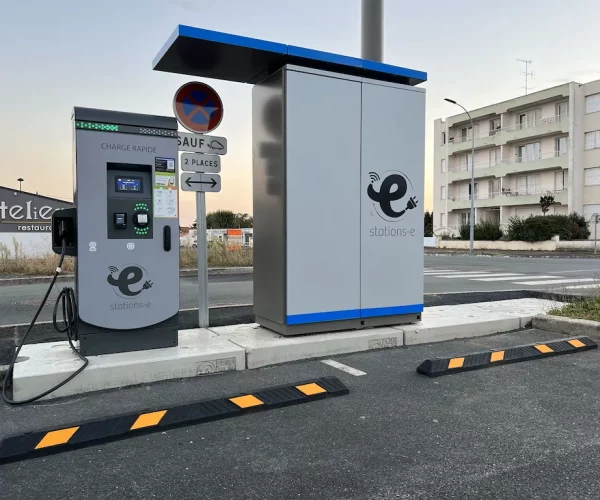
Parking stoppers are accessories that are attached to the ground to mark and identify parking spaces. They are commonly used to stop vehicles from exceeding parking limits or parking wrongly.
Parking bollards can also protect electric charging stations from collisions. They create a physical barrier between the bollard and the vehicle, while visually indicating the bollard’s presence.
We manufacture a wide range of wheel stops and parking blocks, including:
Parking curbs are easy to install: just drill a hole in the ground and secure it with screws or plugs. Moreover, they’re economical. Parking kerbs come in a variety of sizes, shapes and colours, and are made of Plastic-Rubber composite for flexibility and weather resistance.
However, parking bumpers have some drawbacks. Their limited height (around 10 cm) may not be enough to stop a vehicle moving at high speed or to be visible to an inattentive driver.
Furthermore, they can be damaged or moved in the event of a strong impact or act of vandalism. Lastly, they can obstruct the passage of pedestrians or people with reduced mobility.
When installing parking stops in front of an electric charging station, it’s important to follow some rules:
- Choose a parking stop that fits the size and shape of the parking area.
- Place the wheel stop at a safe distance (at least 50 cm) from the bollard to prevent any contact.
- Opt for a contrasting bumper (e.g. yellow and black) for better visibility.
- Complete the installation with a sign indicating the presence of an electric recharging point.
Pole protection
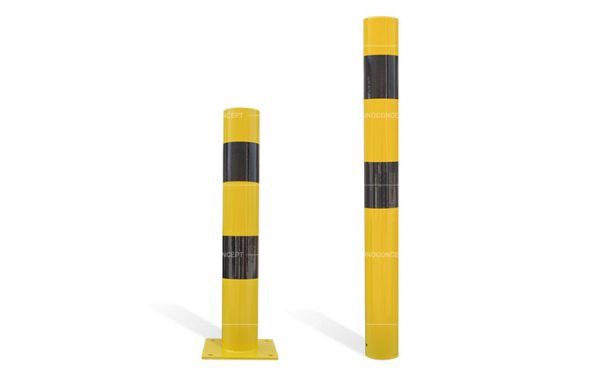
Protection bollards are a vertical street furniture that can be either embedded in the ground or welded to a baseplate. They aim to protect people, property or infrastructure from impact or intrusion. Protection posts can secure electric charging stations by forming a perimeter around them, keeping vehicles from getting too near or hitting them.
These metal posts are made to be strong and durable, able to withstand heavy impacts while staying in place. They are also very visible, thanks to their higher height of around 1 meter, and can be equipped with reflective strips or solar lights.
They come in a variety of materials such as steel, aluminium, stainless steel, wood, plastic, etc., as well as in different shapes such as round, square, conical, etc. Depending on needs, they can be fixed or removable.
However, it’s important to note that the use of guard posts column also has some drawbacks. They are usually more costly than parking stops. Moreover, their installation can be more complicated, requiring ground digging or concrete drilling to insert the post or plate.
Some users may also see these posts as too hostile or discouraging. Lastly, they may hinder pedestrian movement or people with reduced mobility.
When installing protective poles in front of an electric charging station, it is recommended to follow some rules:
- Choose a post that matches the type of ground and the look of the site.
- Place the post at least 50 cm from the bollard to prevent any contact.
- Opt for a contrasting post, such as yellow and black, so that it is easily visible.
- Complete the installation with a sign indicating the presence of an electric charging station.
Pole and column protector
Another way to prevent collisions around electric charging stations is to use column protector. Pole protector are metal supports that are attached to the ground and hold the charging station. They strengthen the bollard’s stability and shield it from impact and deformation.
Column protector are simple, discreet and economical. They provide enough protection against mild to moderate collisions. However, they are not very noticeable and may be inadequate in the event of severe or repeated collisions.
There are various materials (steel, aluminium, stainless steel, etc.) and colours (black, white, red, etc.) available for protective stirrups. They can also be personalized with stickers or logos.
To install a protective column in front of an electric charging station, it’s important to follow some rules:
- Choose a column protector that is suitable for the type of charging station.
- Position at a proper distance (approx. 10 cm) from the equipment to prevent contact.
- Attach the hoop to the ground using plugs or screws.
- Complete the installation with a sign indicating the presence of an electric recharging point.
Retractable bollards
Retractable bollards are devices that can control access to an area or protect equipment. They can be raised or lowered into the ground by an electric, hydraulic or pneumatic mechanism. These bollards are especially useful for securing electrical recharging stations, making them available or unavailable as needed. This way, they limit the use of the bollards to authorized people, and protect them from damage or theft.
Retractable bollards are notable for their convenience and effectiveness. They are easy to use, thanks to their simple operation by remote control, button, key or badge. Moreover, they are discreet when lowered, merging smoothly into the ground without blocking traffic.
Their strength is also a major advantage, as they can handle heavy loads and resist attempts to pull them out. Bollards come in a variety of materials, such as steel, cast iron and concrete, and in designs ranging from cylindrical to pyramidal to conical. Depending on needs, they can be fixed or movable.
However, the installation of retractable bollards has some disadvantages. High cost is one of the main challenges. Furthermore, their installation is complex, requiring earthworks, connection to a power source and control system, and compliance with current safety standards. Lastly, it’s important to consider the potential risks of breakdowns or malfunctions that could make the bollard inaccessible or vulnerable.
For a successful installation of retractable bollards in front of an electric charging station, some rules must be followed. It’s essential to choose a bollard that matches the type of ground and the type of bollard to be protected.
In addition, a distance of at least 50 cm must be kept between the protective bollard and the electrical terminal, to avoid any unwanted contact. We suggest a contrasting bollard, such as a red and white one, for better visibility. Finally, the installation should be finished with a sign indicating the presence of an electric charging station.
Removable bollards
Removable bollards are devices that can be taken out or put back using a locking system. They are used to managing access to an area or to protect equipment.
Removable protective posts are especially useful for securing electric charging stations, making them available or unavailable as needed. This way, they limit the use of charging stations to authorized people, and protect them from impact or theft.
These bollards stand out for their practicality and versatility. They are easy to operate, requiring only a key, lock or padlock to unlock or lock them.
Moreover, they’re discreet and can be easily stored away when not in use, without blocking traffic.
Their sturdiness means they can handle heavy loads and resist attempts to pull them out. Removable bollards come in different materials such as steel, cast iron or concrete, and in a variety of designs: cylindrical, conical, pyramidal, etc. They can also be fixed or movable, depending on needs.
However, there are also some drawbacks to using removable bollards. They can be quite expensive, with an average price of around 500 euros per bollard.
Furthermore, their installation can be complex, requiring digging of the ground, insertion of a base and compliance with safety standards. Lastly, they can be subject to loss or theft if not properly stored or equipped with an anti-theft device.
When installing removable protective bollards in front of an electric charging station, it’s important to follow some rules:
- Choose a bollard that matches the type of ground.
- Place the bollard at a safe distance (at least 50 cm) from the recharging point.
- Choose a contrasting bollard (e.g. red and white) for better visibility.
- Complete the installation with a sign indicating the presence of an electric recharging point.
Comparison of alternatives
To pick the best option for securing an electric charging station instead of protective hoops, it’s important to weigh the different solutions based on various criteria, such as safety, ease of use, cost, aesthetics and more.
To assist you in this process, here’s a comparison table showing the pros and cons of each option:
| Alternative | Advantages | Disadvantages |
| Parking stops | – Easy to install – Low-cost – Available in different sizes, shapes and colours |
– Limited height – Easily torn off or moved – Obstructive for passage |
| Protective posts | – Sturdy and durable – Visible – Available in different materials and designs |
– Expensive – Hard to install – Hostile or discouraging |
| Protective brackets | – Simple, discreet and economical – Provide enough protection against light or moderate collisions |
– Not very visible – Inadequate against severe or repeated collisions |
| Retractable bollards | – Convenient and effective – Discreet – Resistant |
– Very costly – Very complex to install – Prone to breakdowns or malfunctions |
| Removable bollards | – Convenient and versatile – Discreet – Resistant |
– Fairly expensive – Complex to install – Subject to losses or thefts |
Why need EV charger protection equipment?
As electric vehicles (EVs) become increasingly popular worldwide, the demand for EV charging stations is also rising. Consequently, EV charger protection equipment is becoming more important.
At Sino Concept, we offer a wide range of equipment to protect EV charging stations.
For instance, the station is surrounded by protective arches on three or four sides, parking stops mark the parking space and avoid collisions and protective posts boost the lateral security and prevent any theft or vandalism attempts.
These equipments increase the durability of the stations, make them easier to use and improve their image. They are vital to ensure the safety, reliability and aesthetics of the electric charging facilities, and thus contribute to the growth of electric mobility in urban areas.
Discover Sino Concept’s EV Charger Protection Purchasing Guide
Dive into our comprehensive guide on protecting EV charging stations, designed to provide essential information and practical insights for safeguarding these vital assets.
Protecting EV Charging Stations with Bollards
Learn about the use of bollards to safeguard EV charging stations against impacts in “Protecting your EV charging stations with bollards“. This guide covers different types of bollards, effective placement strategies, installation methods, additional features for enhanced protection, and how to integrate them aesthetically.
Securing EV Chargers with Hoop Barriers
Understand the protection benefits of hoop barriers in “How to protect your EV charging stations with hoop barriers?“. Discover what EV charging station hoop barriers are, alongside design considerations, installation methods, and aesthetic treatments to maintain visual appeal.
Enhancing Safety with Wheel Stops
Delve into how wheel stops contribute to the safety of EV charging infrastructure in “How can wheel stops protect your EV charging stations?“. This article discusses their protective benefits, various designs, installation methods, and maintenance for long-term durability.
Our series provides the information you need to choose and implement protection solutions for EV charging stations effectively. By utilising bollards, hoop barriers, and wheel stops, you can enhance the security and functionality of your charging infrastructure.
These measures not only protect valuable equipment but also ensure that the area remains safe and visually appealing for users. Should you have any questions about installation or require additional information, please do not hesitate to contact us directly.





















